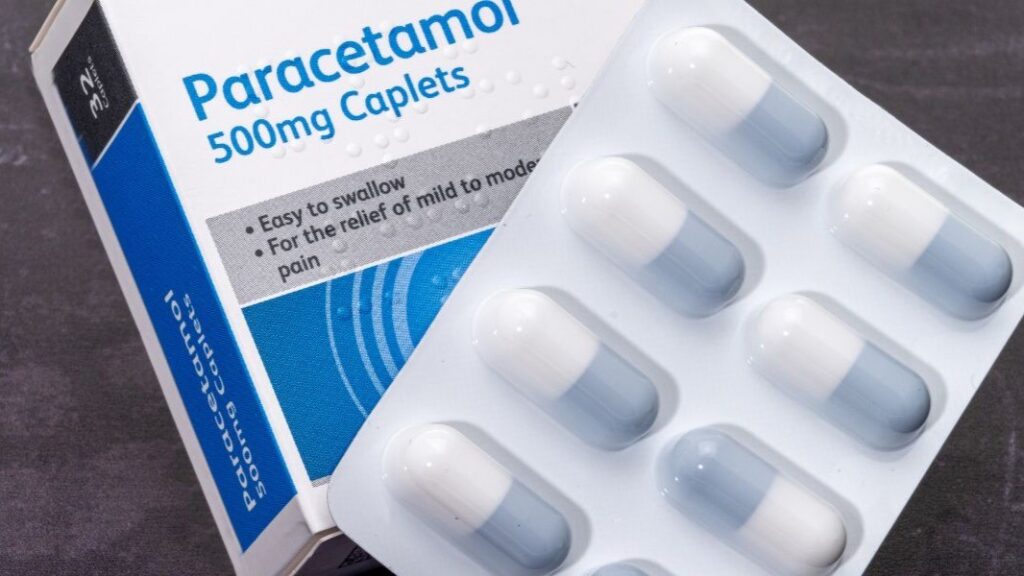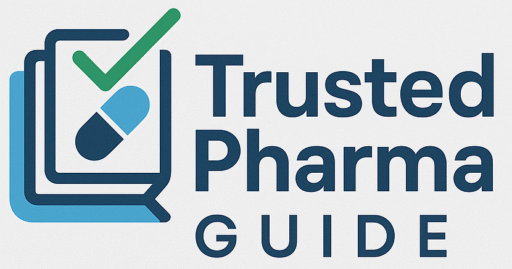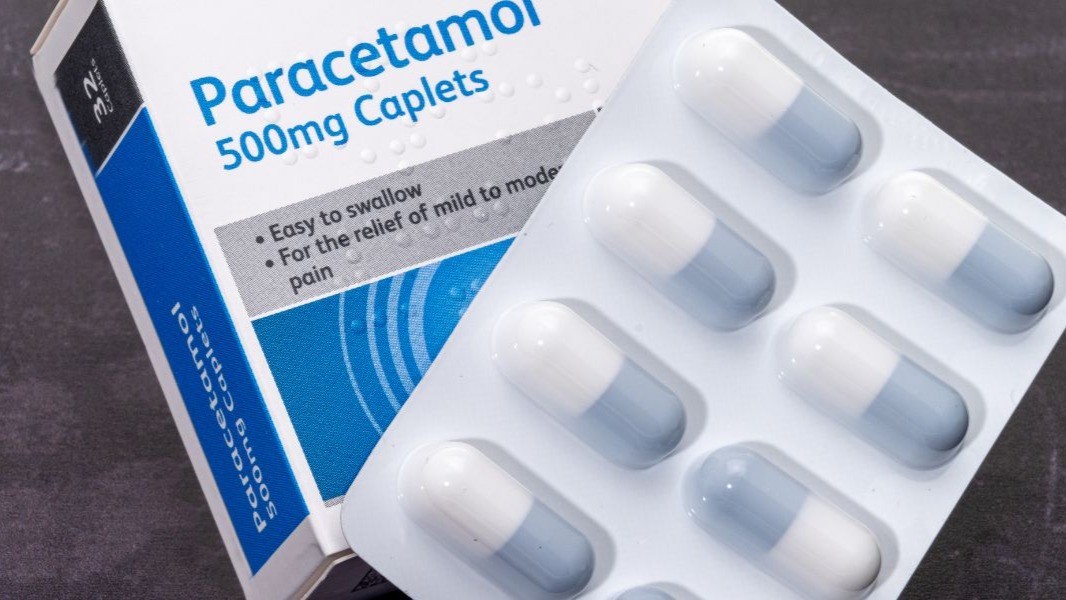Table of Contents
Generic Name: Paracetamol and also known as Acetaminophen.
Brands: Dolo 650, Calpol, Panadol, Alvedon ,Crocin, Metacin, Metacin, Zyrop-650, Alvedon
Category: Analgesic & Antipyretic
Dosage Form: Tablet, Capsule, Intravenous Injections ,suppositories, Syrup.
What is paracetamol ?
Paracetamol was first made in 1878, but only became more widely used in the 1950s. Paracetamol is Non-steroidal anti –inflammatory Drug (NSAID) used to treat fever and mild-to-moderate discomfort in the short term. It frequently appears as an ingredient in drugs for the flu and cold.

Mechanism of Action:
Paracetamol send message to the nervous system and block some chemicals which are responsible for fever or pain. The cyclooxygenase (COX) enzyme in the brain, especially COX-2, is blocked by paracetamol. As a result, fewer prostaglandins (the molecules that cause fever and pain) are reduced.
Uses :
- Fever
- Headache
- Muscle/joint pain
- Period cramps
- Colds and flu symptoms
- Sore throat
- Sinus pain
Dosage:
- Always follow your doctor’s or pharmacist’s instructions exactly.
- Before taking any drug, make sure to read the directions.
- Never take more medication than is advised. Examine your product’s directions for paracetamol. The recommended dosage and strength of several products containing paracetamol.
- Adults: 500–1000 mg every 4–6 hours (Max 4000 mg/day)
- Children: Dose based on weight – always check label or consult doctor.
Side Effects:
1. Common (Usually Mild & Rare):
These are uncommon but may occur in some sensitive individuals:
| Side Effect | Description |
|---|---|
| Nausea | Feeling of discomfort in the stomach |
| Rash | Mild allergic skin reaction |
| Loss of appetite | Especially in higher doses |
| Drowsiness (less common) | Usually mild and temporary |
2. Serious Side Effects (Require Medical Attention):
| Side Effect | Risk Factor/Warning |
|---|---|
| Liver toxicity | High doses (>4g/day in adults) |
| Hepatitis/liver failure | Especially in alcoholics or liver disease |
| Allergic reaction (rare) | Swelling, itching, breathing difficulty |
| Low platelet count (very rare) | Increases bleeding risk |
| Kidney damage (with long-term overuse) | Especially in those with existing renal conditions |
3. Overdose Symptoms (Seek Emergency Help Immediately):
Paracetamol overdose is life-threatening and may cause:
- Severe abdominal pain
- Vomiting
- Yellowing of skin/eyes (jaundice)
- Confusion or drowsiness
- Dark urine
Contraindications:
- Severe Liver Disease (e.g., cirrhosis, hepatitis): Paracetamol is metabolized by the liver. In liver failure, it can accumulate and cause toxicity even at normal doses.
- Known Hypersensitivity or Allergy to Paracetamol: Rare, but can lead to rash, itching, swelling, or anaphylaxis.
- Have glucose-6-phosphatedehydrogenase deficiency (enzyme deficiency)
- Suffer from asthma and are sensitive to aspirin
- Have hemolytic anemia (abnormal breakdown of red blood cells)
- Severe Alcoholism or Chronic Alcohol Use: Alcohol increases the risk of liver toxicity. Even therapeutic doses can be dangerous in heavy drinkers.
Precaution:
1. Dosage Precautions:
Do not exceed 4,000 mg per day (for adults). Avoid double-dosing by checking other medications (like cold/flu syrups or tablets) that may also contain paracetamol. Follow weight-based dosing for children (usually 10–15 mg/kg/dose).
2. Liver-Related Precautions:
Avoid alcohol while taking paracetamol—both are processed by the liver and can cause liver toxicity. Use with caution in patients with liver disease, hepatitis, or cirrhosis. Monitor liver function if used for prolonged periods or in high-risk individuals.
3. Special Precautions:
| Group | Precaution |
|---|---|
| Pregnant women | Generally considered safe at therapeutic doses |
| Breastfeeding | Small amount passes into milk; usually safe |
| Elderly | Use with caution; monitor liver function |
| Children | Use pediatric formulations and correct dosing |
Drug Interactions :
- Isoniazid, Rifampicin – may increase liver risk.
- Phenytoin, Carbamazepine – affects metabolism of paracetamol.
- Warfarin – high doses of paracetamol may increase bleeding risk.
Conclusion :
This drug is one of the most widely used and reliable medications for lowering fever and relieving pain. It is a popular option for both adults and kids due to its broad availability and mild activity. It must be used carefully, even so, just like any other medication. You can use paracetamol safely and successfully if you know the right dosage, potential adverse effects, and when to avoid them. Never undervalue the significance of using even the most basic medications correctly, and always follow medical advice.
Disclaimer: This blog post is for informational purposes only and does not constitute medical advice. Always consult a qualified healthcare professional before making any medical decisions.


2 thoughts on “Paracetamol Guide: Paracetamol Uses, Correct Dosage, and Side Effects Explained”